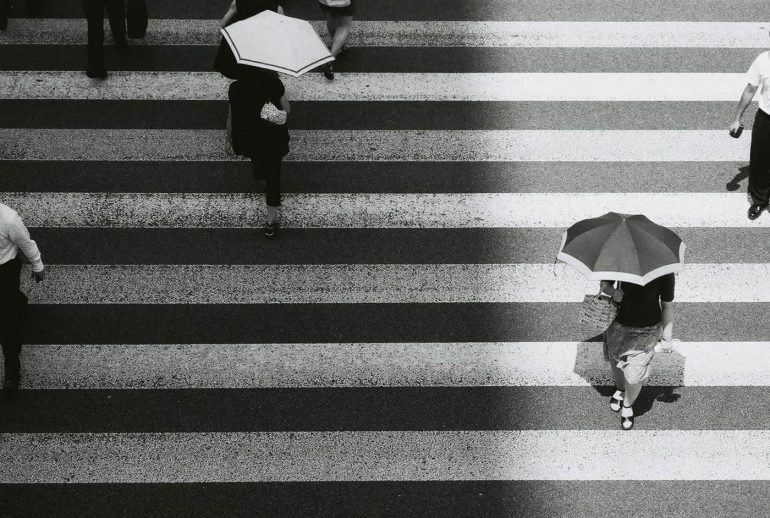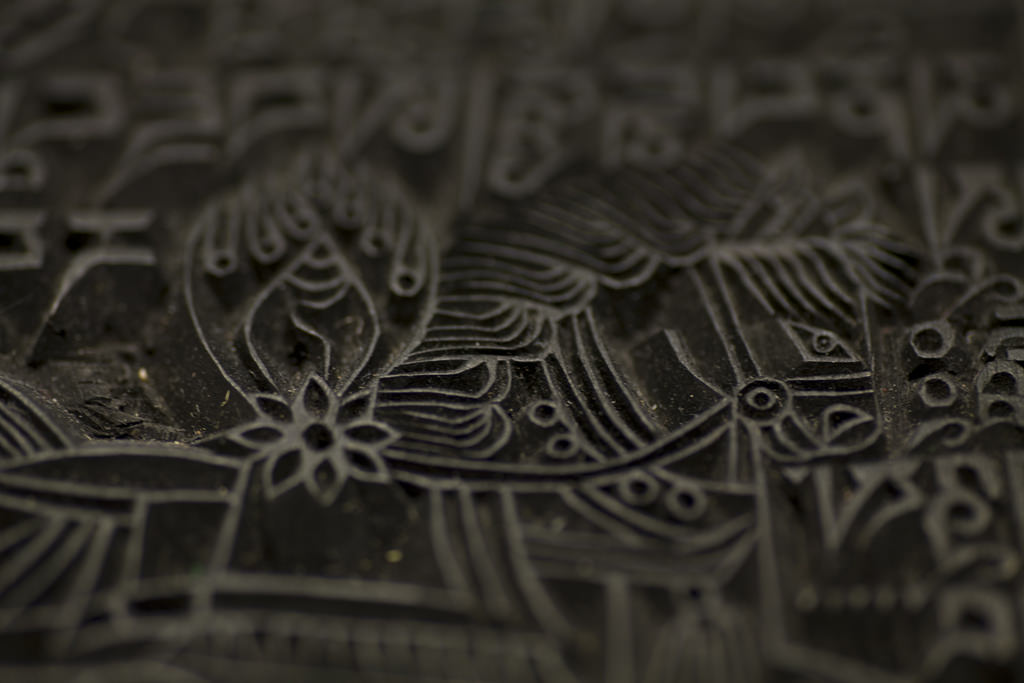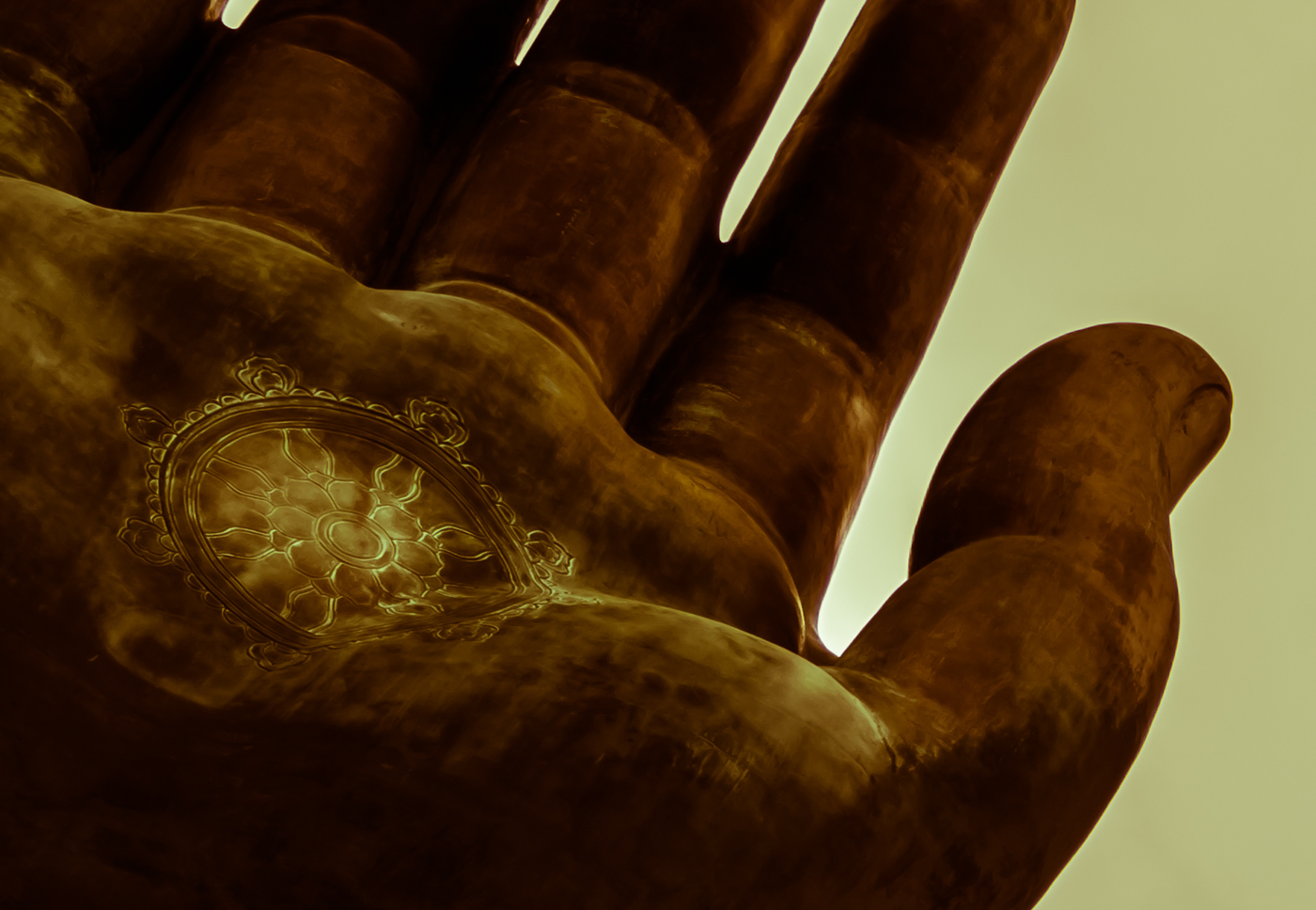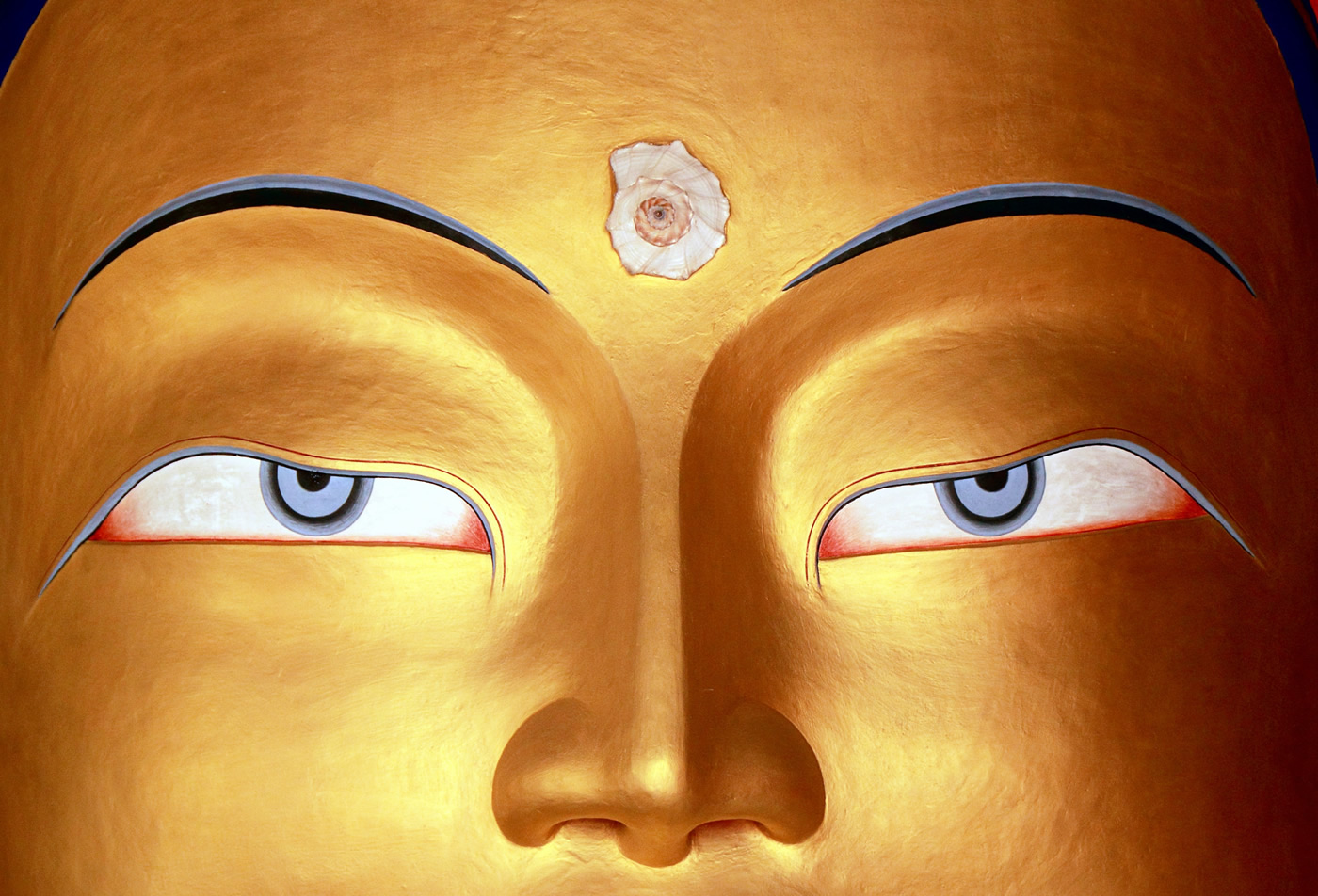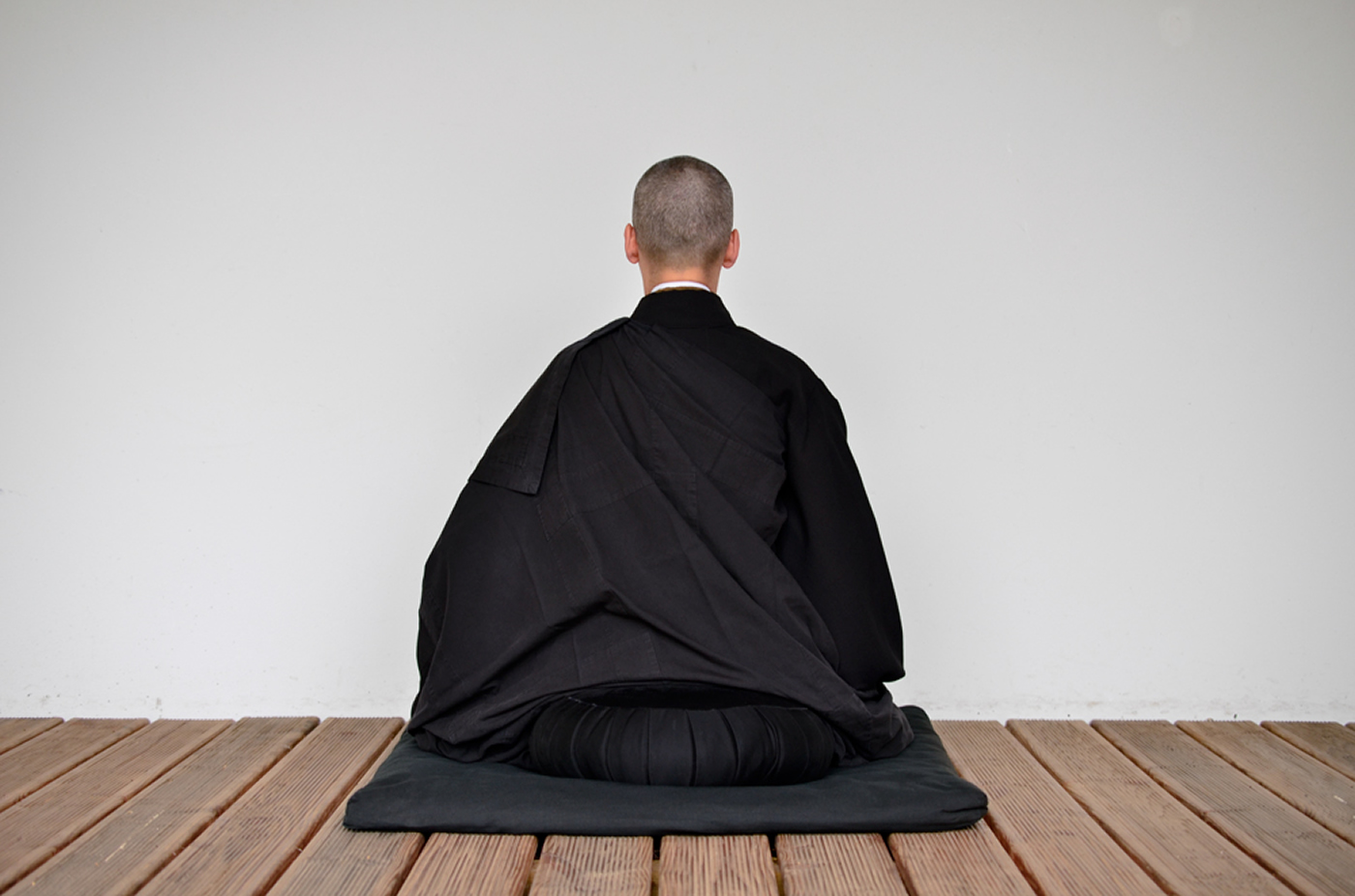At a recent retreat, one of the meditation practices that Geshe Michael has been teaching students is to imagine going through the stages of death and learning how to meditate on emptiness at a very crucial moment during that process as a method of seeing emptiness directly and reaching the essence body of a Buddha.
A student recently asked for further detail regarding four important steps for meditating on emptiness during this crucial moment of the death process. He gives a very beautiful answer drawing from Pabongka Rinpoche’s commentary on the practice of the Angel of Diamond (Vajrayogini), called The Heart Essence of the Angels. This practice has three important elements:
1. Using death as a path to the Dharma Body (chiwa chukuy lamkyer)
2. Using the state between death and rebirth (the bardo) as a path to the Paradise Body (bardo longkuy lamkyer)
3. Using rebirth as a path to the Body of Emanation (kyewa trulkuy lamkyer)
All together, these three are known as ʺusing normal events as a path to the three holy bodies,ʺ or kusum lamkyer.
Class Video
Audio
And during the first of these three elements, “using death as a path to the Dharma Body”, there are four special steps to meditate on emptiness. Candy’s question was regarding these four steps. Here is some more information from Pabongka Rinpoche’s commentary called The Heart Essence of the Angels, which provides some additional clarity to meditate properly on these four necessary steps:
“1) …the world, all the beings in it, and your own body are all withdrawn, in stages; they are wiped into emptiness, so that what appears to your perceptions is sheer emptiness.
2) The object that your perceptions grasp is emptiness, the fact that no thing in the universe has a single atom of natural existence: the object of correct view as you meditate on it at this point, which is only to the extent that you understand it so far.
3) Now the state of mind grasping the emptiness we’ve just described is not just any old one; rather, your mind, which is the subject holding that object, takes on the quality of great joy.
4) This wisdom, this inseparable combination of joy and emptiness, now becomes what you will call “me”. And now you feel a supreme confidence, you think to yourself, I AM my own mind, which has now taken on the nature of the Dharma body; in short, I AM the Dharma Body, the Great Joy at the end of the path, at the time the result of our practice has come.
All of this, then, is just a brief practice of using death as a path to the Dharma body; and it includes all four of the necessary features.”
Pabongka Rinpoche gives two systems of kusum lamkyer, or the practice of using normal events of the circle of suffering as a path to the three bodies — a regular way and a real way. The first, the regular or artificial, is a practice of pretending. On a daily basis in meditation, you are reviewing your death, the in-between state called bardo, and rebirth; and pretend to transform them into other experiences and into a direct perception of emptiness.
It is only by familiarizing ourselves with these steps that we can then be ready, for one day all that pretending will certainly become real, and we will have an opportunity to actually transform these natural events into a path to become a Buddha.
In the same text, Pabongka Rinpoche gives a beautiful metaphor for this process:
“The hunk of clay that was meant to be made into a jar represents the three normal processes of every regular life: the birth, death, and state between birth and death that make up our experience of the great circle. Deciding not to slap together the jar stands for not just letting birth, death, and the state between these two to happen the way they would have. Using the clay instead for the exquisite form of an Buddha means using those three normal events as a path to the three bodies, and changing them into the three Bodies of a Buddha. This is the real way that we purify the three.”
It’s like taking a piece of clay which ordinarily it gets made into a pot or another object. Here you take the same substances and form it into a Buddha. It is exactly the same substance — a mental image which is being created by our karmic seeds. every time we go through this death process it could be transformed into something different — it could be going into a direct perception of emptiness. You aren’t anything “out there”, we have mental images to work with and unconsciously make our world over and over, from moment-to-moment. Try taking control and making something else. Nothing is there in and of itself, just old karmic seeds which can be transformed.
If you’d like to hear the whole teaching and practice the guided meditations yourself, you can view it here on The Knowledge Base website.
Class Video
Audio
Видео класса
Аудио
在最近的靜修營裡,格西麥克在教學生們做的其中一個冥想練習就是去想像經歷死亡的不同階段,並學習在那個非常關鍵的時刻,即在直見空性和到達佛陀精華身的過程中,如何專注在空性上進行冥想。
最近一位學生詢問了關於在這個死亡過程的關鍵時刻,對空性進行冥想的重要四步驟的進一步細節問題。他則借鑒了帕繃喀仁波切關於金剛天使修行(金剛瑜伽母)的論釋,給予了一個極其美妙的回答。該修行包含了三個元素:
1. 利用死亡作為到達法身之道,或chiwa chukuy lamkyer
2. 利用死亡與再次受生之間(中陰)作為到達報身之道,或bardo longkuy lamkyer
3. 利用再次受生作為到達化身之道,或kyewa trulkuy lamkyer
總而言之,這三者被認為是“利用普通事件作為得到三聖身之道”,或kusum lamkyer。
音頻
帕繃喀仁波切給出了kusum lamkyer的兩套系統,或者是利用這痛苦輪回中的普通事件作為到達三身之道——普通方法和真正方法。首先,普通或者造作的,就是假裝成真瑜伽。在每天冥想練習中,你在回顧你的死亡、中陰以及再次受生,並假裝改變它們成為其他的體驗,以及進入到直見空性中。
只有通過我們自己熟悉並練習這些步驟,我們才能準備好,因為有一天所有假裝將必然成真,而我們將能夠切實地轉化這些自然事件,將其變為成佛之道。
在相同的原文中,帕繃喀仁波切為這個過程給出了一個美麗的比喻。
“黏土塊代表了生、死,以及兩者之間狀態(中陰)的三個普通過程。決定不僅僅只是將其糅合成一個罐子,代表了不僅只是讓生、死,以及兩者之間狀態以其會發生的方式來發生。反之,而是要利用黏土做成佛陀極其美妙的色身,它意味著使用這三個普通事件作為到達三身之道,並改變它們成為佛陀的三身。”
這就好像是拿起一塊本該被做成陶罐或者其他物件的黏土。在這裡,你則將相同的物質塑造成為一位佛陀。就是那個相同的物質——由我們業力種子創造出來的意識中的圖片。每一次我們經歷這個死亡過程,它都可以被轉化成某樣不同的東西——它可以是直接進入直見空性的體驗。你並非任何“在外面”的東西,我們有著意識的圖像,並且通過它們無意識地一而再再而三創造著我們的世界。嘗試去掌控,並創造一些其他的東西。它裡面以及它本身並不具任何自性,只是可以被轉化的舊有的業力種子而已。
如果你想聽到整個教授並自己練習引導的冥想,可以 在此「智庫」網站觀看。
在最近的静修营里,格西麦克在教学生们做的其中一个冥想练习就是去想象经历死亡的不同阶段,并学习在那个非常关键的时刻,即在直见空性和到达佛陀精华身的过程中,如何专注在空性上进行冥想。
最近一位学生询问了关于在这个死亡过程的关键时刻,对空性进行冥想的重要四步骤的进一步细节问题。他则借鉴了帕绷喀仁波切关于金刚天使修行(金刚瑜伽母)的论释,给予了一个极其美妙的回答。该修行包含了三个元素:
1. 利用死亡作为到达法身之道,或chiwa chukuy lamkyer
2. 利用死亡与再次受生之间(中阴)作为到达天堂身(报身)之道,或bardo longkuy lamkyer
3. 利用再次受生作为到达化身之道,或kyewa trulkuy lamkyer
总而言之,这三者被认为是“利用普通事件作为得到三圣身之道”,或kusum lamkyer。
音頻
帕绷喀仁波切给出了kusum lamkyer的两套系统,或者是利用这痛苦轮回中的普通事件作为到达三身之道——普通方法和真正方法。首先,普通或者造作的,就是假装成真之瑜伽。在每天冥想练习中,你在回顾你的死亡、中阴以及再次受生,并假装改变它们成为其他的体验,以及进入到直见空性中。
只有通过我们自己熟悉并练习这些步骤,我们才能准备好,因为有一天所有假装将必然成真,而我们将能够切实地转化这些自然事件,将其变为成佛之道。
在相同的原文中,帕绷喀仁波切为这个过程给出了一个美丽的比喻。
“黏土块代表了生、死,以及两者之间状态(中阴)的三个普通过程。决定不仅仅只是将其糅合成一个罐子,代表了不仅只是让生、死,以及两者之间状态以其会发生的方式来发生。反之,而是要利用黏土做成佛陀极其美妙的色身,它意味着使用这三个普通事件作为到达三身之道,并改变它们成为佛陀的三身。”
这就好像是拿起一块本该被做成陶罐或者其他物件的黏土。在这里,你则将相同的物质塑造成为一位佛陀。就是那个相同的物质——由我们业力种子创造出来的意识中的图片。每一次我们经历这个死亡过程,它都可以被转化成某样不同的东西——它可以是直接进入直见空性的体验。
你并非任何“在外面”的东西,我们有着意识的图像,并且通过它们无意识地一而再再而三创造着我们的世界。尝试去掌控,并创造一些其他的东西。它里面以及它本身并不具任何自性,只是可以被转化的旧有的业力种子而已。
如果你想听到整个教授并自己练习引导的冥想,可以 在此“智库”网站观看。











